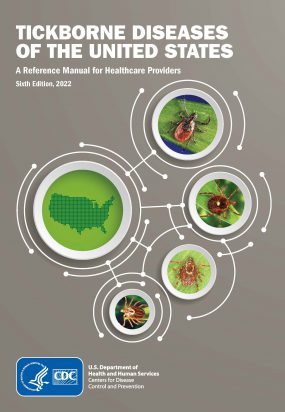Rocky Mountain Spotted Fever (and other tickborne diseases) Toolkit for Healthcare Providers with Continuing Education
Description
Rocky Mountain spotted fever (RMSF) is a bacterial disease spread through the bite of an infected tick. Early symptoms include fever, headache, and rash; and prompt treatment with doxycycline is critical to prevent severe and fatal outcome. This activity provides information pertinent to healthcare providers and public health practitioners on the epidemiology, risk factors, clinical characteristics, treatment, and diagnosis of RMSF. The toolkit includes an instructional video and companion learning tools that can be used as references. Through awareness and early recognition, front line providers can reduce the morbidity and mortality associated with RMSF. Many other tickborne diseases are also endemic to the United States, and are important causes of illness, requiring awareness, identification, and proper treatment.
The toolkit includes the following elements (please complete all for full continuing education credit):
- Training Video: narrated video discussing the clinical signs and symptoms, diagnosis, and treatment of RMSF
- Physician Pocket Card: quick reference of key facts about the clinical diagnosis and treatment of RMSF
- Clinical Timeline: printable graphic that provides key clinical facts and images to aid in the diagnosis of RMSF
- Tickborne Diseases of the United States Manual: manual for healthcare providers highlighting transmission, epidemiology, clinical, diagnostic, and treatment features for tickborne diseases throughout the country.























.png)











No hay comentarios:
Publicar un comentario